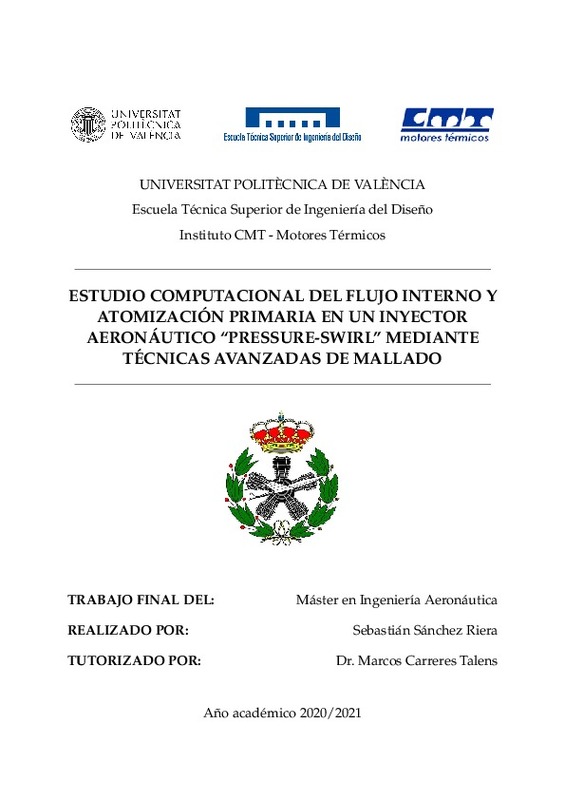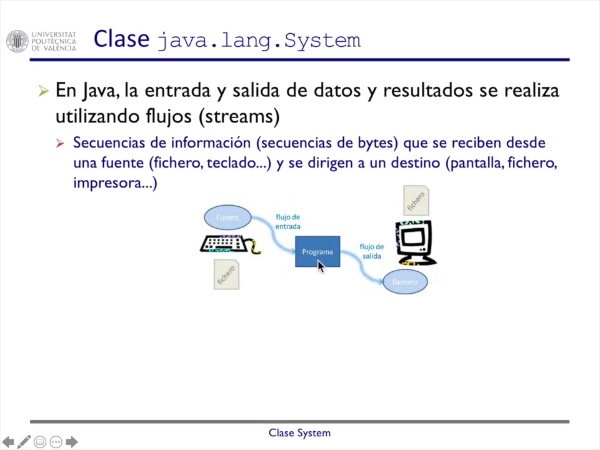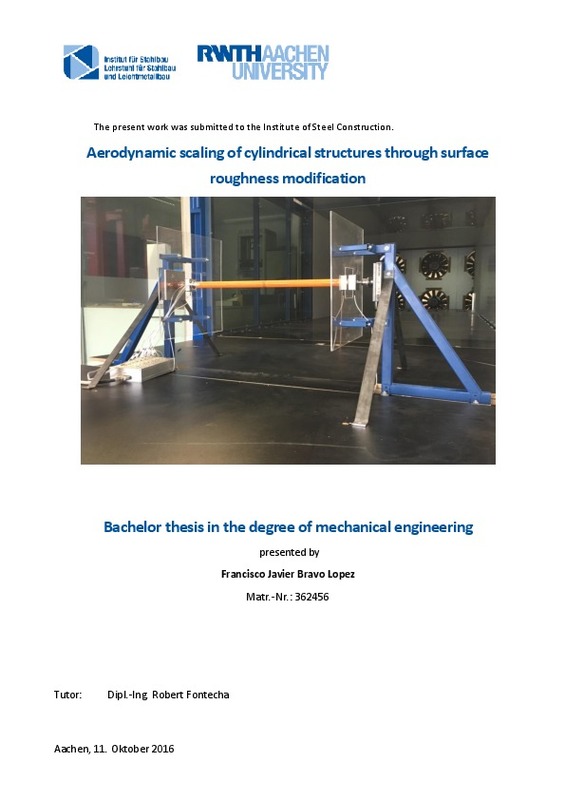JavaScript is disabled for your browser. Some features of this site may not work without it.
Buscar en RiuNet
Listar
Mi cuenta
Estadísticas
Ayuda RiuNet
Admin. UPV
Análisis del flujo alrededor de cilindros horizontales con el modelo unidimensional de HECRAS
Mostrar el registro completo del ítem
Dolz Ausina, G. (2020). Análisis del flujo alrededor de cilindros horizontales con el modelo unidimensional de HECRAS. http://hdl.handle.net/10251/159874
Por favor, use este identificador para citar o enlazar este ítem: http://hdl.handle.net/10251/159874
Ficheros en el ítem
Metadatos del ítem
| Título: | Análisis del flujo alrededor de cilindros horizontales con el modelo unidimensional de HECRAS | |||
| Autor: | Dolz Ausina, Guillermo | |||
| Director(es): | ||||
| Entidad UPV: |
|
|||
| Fecha acto/lectura: |
|
|||
| Resumen: |
[ES] El objetivo del trabajo es averiguar si el modelo unidimensional de HECRAS es adecuado para calcular las pérdidas en el flujo detrás de los cilindros horizontales. Los cilindros son colocados en distintas disposiciones, ...[+]
[EN] The aim of the investigation is to find out whether the 1D flow model HECRAS is suitable for calculating flow losses behind several horizontal cylinders. The cylinders are flowed over and under differently, which can ...[+]
[AL] HEC-RAS ist ein Strömungsmodell, das die Hydraulik des Wasserflusses durch natürliche
Flüsse und andere Kanäle modelliert. Ziel der Untersuchung ist es herauszufinden, ob sich das
1D Strömungsmodell HEC-RAS eignet, ...[+]
|
|||
| Palabras clave: |
|
|||
| Derechos de uso: | Cerrado | |||
| Editorial: |
|
|||
| Titulación: |
|
|||
| Tipo: |
|
recommendations
Este ítem aparece en la(s) siguiente(s) colección(ones)
-
ETSII - Trabajos académicos [10538]
Escuela Técnica Superior de Ingenieros Industriales




![[Cerrado]](/themes/UPV/images/candado.png)





